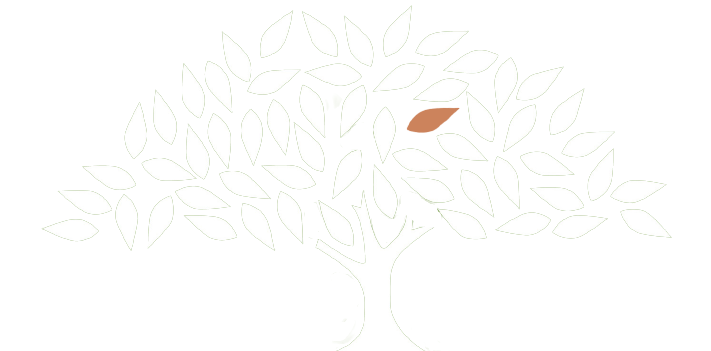What Is At The Root? Self-Care for Optimal Well-Being & Productivity
Getting at the root cause of an illness or injury is critical to ensure healing, leading to optimal health and well-being. Today, there are loads of research studies and corporate wellness guides that validate what many people have intuitively known to be true: health and well-being contribute to productivity and performance.
True well-being is not just about getting a massage or going to the gym three days a week. Overall well-being is an outcome of being healthy mentally, emotionally, physically, socially, financially, and spiritually.
In the workplace, I suggest defining spiritual health as having a sense of purpose and meaning in one’s work and life and a sense of connectedness to other people and something greater than oneself. We are living in an age of the intersection of science and spirituality and how both play a role in health and healthcare. For example, science is now verifying the health benefits of what the ancient yogis knew to be true. This is a broad topic that I will unpack over the coming months with further discussion.
With my yoga and meditation practice, I like to say optimal well-being means having a clear mind, calm emotions, a strong body, and the outcome of all of these aligned, is a vital spirit – having a strong life force energy. And, having healthy and strong connections socially contributes to this state. When all these domains of a person are aligned and thriving, financial health is also typically an outcome. This doesn’t mean one has to be a millionaire, but they have what they need financially to have the life that gives them a sense of connectedness and meaning.
In the workplace, everyone plays a role in cultivating one’s well-being. Each employee is responsible for their own daily health habits and practices. And, context and workplace culture and environment have a huge impact on someone’s well-being. And, leaders are instrumental in setting the tone, endorsing policies and practices that affect and impact employees’ well-being.
I recently sat down with Dr. Roberta Kline, a holistic medical doctor who integrates the best of Western medicine with many alternative healing modalities, including using a relationship-based interaction with her clients and patients. In my interview with Dr. Kline, she takes us through her own healing journey, and a number of her patients, to show how one domain can affect another, and how taking an integrative approach, such as working with one’s DNA, can have a profound impact on the healing process.
Dr. Kline’s vision is to change the way we practice healthcare in the United States, bringing heart as well as head to help people get better and heal to the root of their illnesses and conditions. She’s focused on well-being as a means to living your best life at home and at work.
When thinking about the many factors that contribute to one’s well-being and exercising healthy habits, it’s critical to engage in consistent self-care practices to foster a dynamic state of well-being. And this matters to what one can accomplish in life and work.
Reflection Questions
What daily habits and health practices do you engage in, to maintain or regain your health and well-being? As a leader, how do you need to show up with your people – mentally, emotionally, physically, socially, and spiritually? What self-care practices help you be at your best? What enables you to have a day when you are really “on” – getting a lot accomplished and feeling energized and happy about it? How can you better support your own self-care practices and those of your people?
Suze Shaner is an executive coach and leadership & organization effectiveness consultant. She also teaches yoga and meditation – tools to keep one sane in uncertain times. She helps professionals step up to their fullest leadership, life and growth potential. At times this means getting out of their own way in getting important stuff accomplished. www.sagelead.com.

